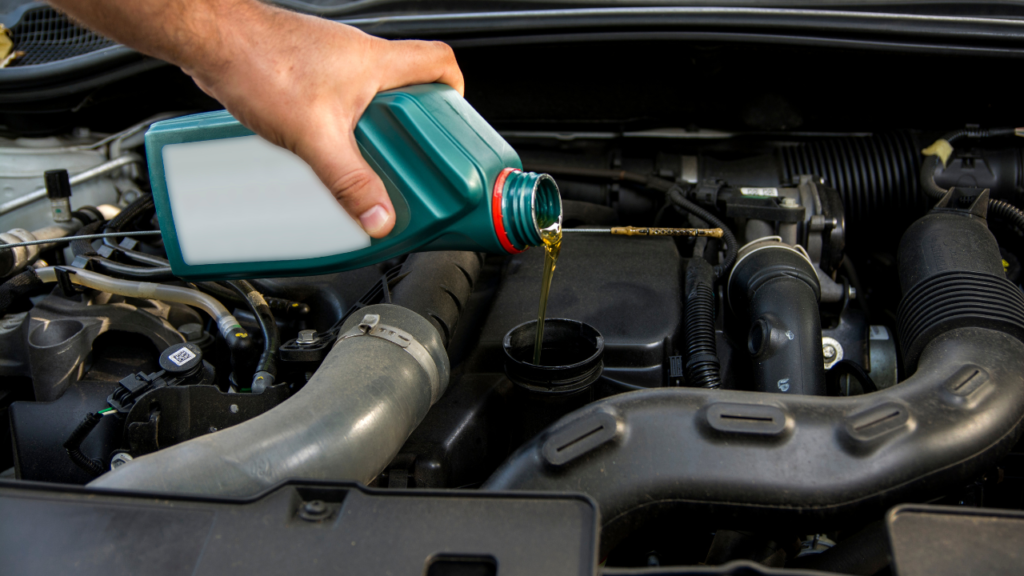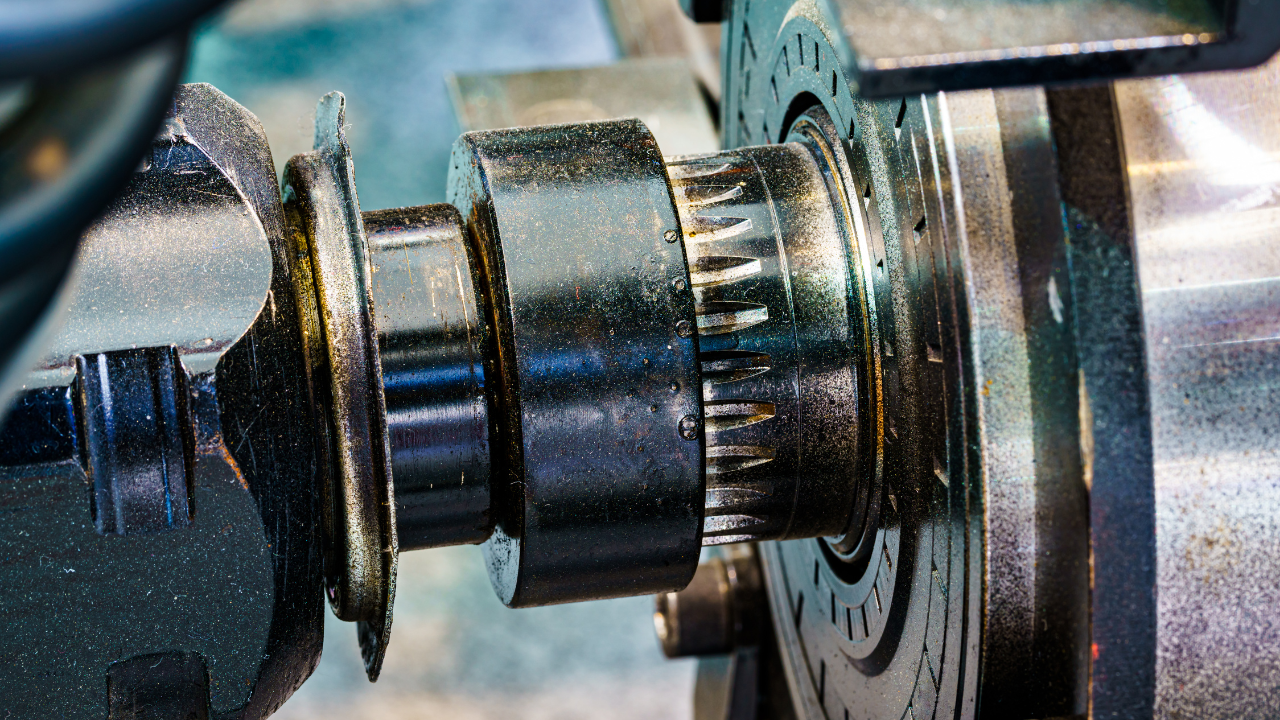Maintenance remains crucial for vehicles everywhere, whether you service the Rockwell 12011-1 oil cap or make a differential oil change. Every part of the vehicle must be maintained to ensure safety on the road. Of course, there are some areas of vehicle maintenance that confuse most. One part of the routine is performing a differential oil change. This might initially seem complicated but it’s actually one of the simplest changes you can make without a mechanic’s intervention. So, what should you know about differential oil changes, and when is one necessary?
Understanding the Differential
Vehicles have a drivetrain that takes the torque to the axles from the drive shaft. This is the element that gives the wheels their power. Depending on whether you have a four, front, or rear-wheel drive, a vehicle can have more than one differential. Typically, a rear-wheel drive has the differential located on the rear of the vehicle with a gearbox (that contains the gears). You must lubricate these effectively to ensure they don’t wear out quickly. When the heat becomes too much, it creates a breakdown, and an oil change is needed.
Check the Manufacturer’s Recommendations
Every model of vehicle has a manufacturer’s guide in terms of when a differential oil change is needed. It’s important to refer to the user manual (that should come with the vehicle upon purchase) and find out what the manufacturer recommends. If you don’t have the manual, contact the manufacturer directly.
Typically, a differential fluid change is needed every fifteen thousand miles, depending on the vehicle. If you take long trips, an oil change will be needed quicker and more frequently. It’s the same when you’re hauling heavy loads or towing trailers, frequent changes are necessary. Off-road conditions impact oil changes too. It’s the same when you want to service a Rockwell 12011-1 oil cap, it must be done properly.

Take it Easy
A differential oil change is pretty straightforward. It will, however, require a lot of patience and care. You’ll need to use a jack stand to lift the vehicle off the ground. It’s important to secure and stabilize the wheels so the car won’t move in any way when you’re working on the car. You can read more about Six Steps to Changing Differential Fluid by visiting https://www.valdis-motozone.com/six-steps-to-changing-differential-fluid/
You should remove the fluid fill plug and bolts (apart from the top one) and let the oil drain slowly. Once the oil has fully drained, remove the last bolt and cover. Remove the old grease and inspect the gasket. Replace the gasket, if necessary, then add new fluid and replace the plug.
Be Smart with the Oil Change
A differential oil change doesn’t have to happen every week or even every month; this is a semi-regular task but an important one. This does need to be handled properly; it means being patient and cautious. You need to let the fluid drain fully – which can take time to do. A differential oil change is simple and can make a big difference when it comes to ensuring the vehicle runs smoothly. Proper maintenance is necessary, whether you’re dealing with a Rockwell 12011-1 oil cap or a differential oil change. Click here to read about Car Filters And Why It’s Important To Change Them.




